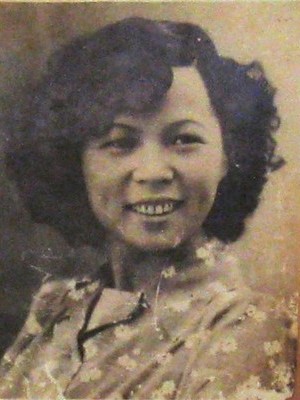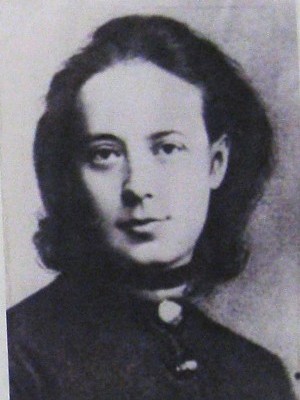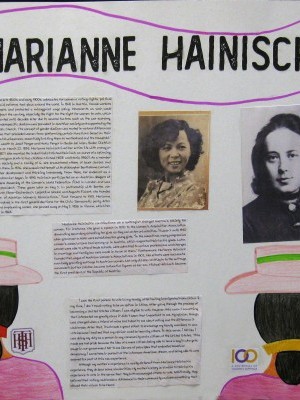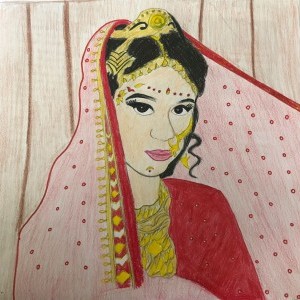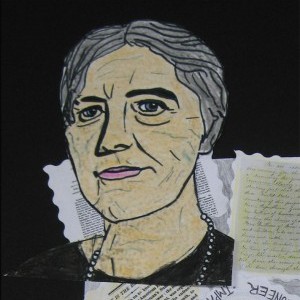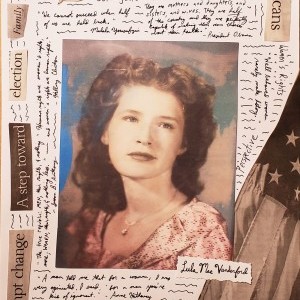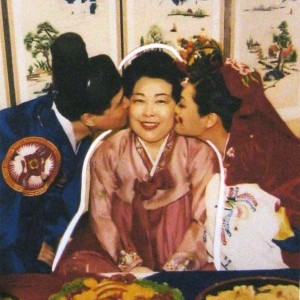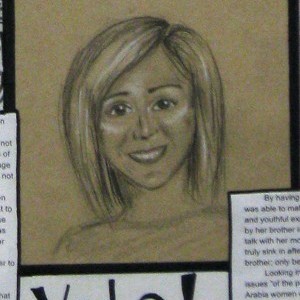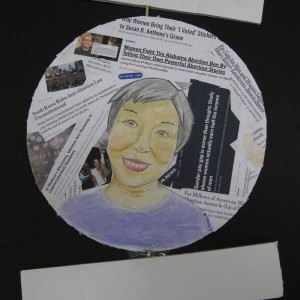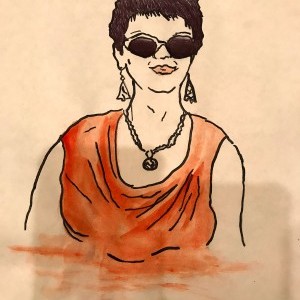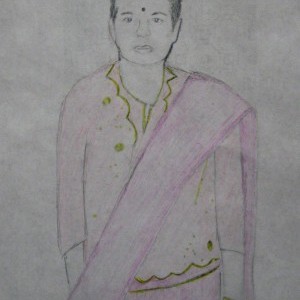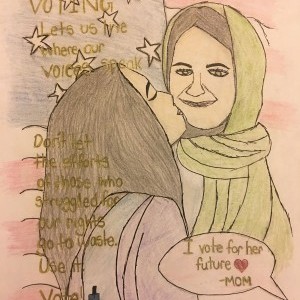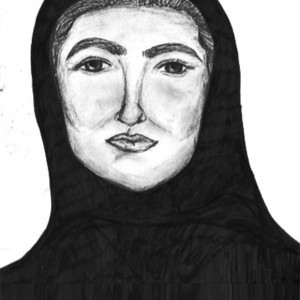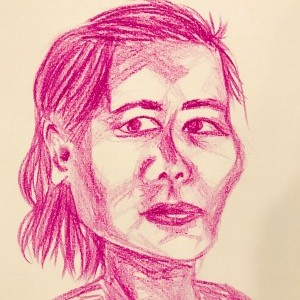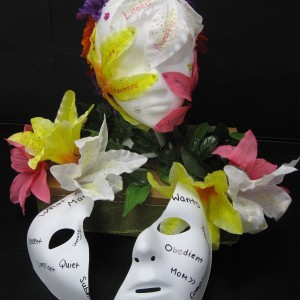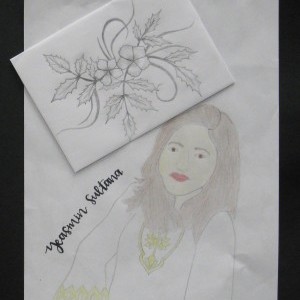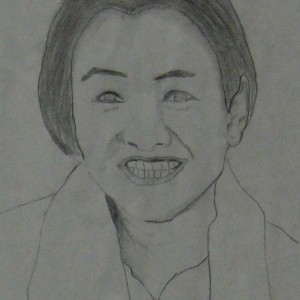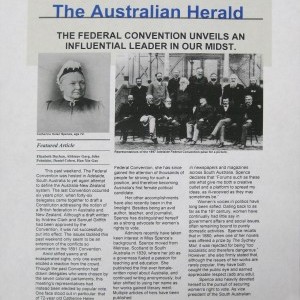Courtney Chan & Sandy Wong
Townsend Harris High School | Flushing, NY | 11th Grade
Inspirational Family Member
My Mother
“I was the first person to vote in my family after having immigrated from China. In my time, I don’t recall voting to be an option in China. After going through the process of becoming a United States citizen, I was eligible to vote. However, this wasn’t something that interested me greatly since it didn’t seem that important to me. My opinion, though, was changed when a friend of mine talked to me about voting and the difference it could make.
After that, I made a great effort to encourage my family members to also vote because I realized that my opinion could be heard by others. In this sense, I felt like I was doing my duty as a person in my community and a citizen of the United States. This made me feel pride because the idea of a mere citizen being able to have a say in who gets power in our government felt to me like one of the principles that embodied American democracy. I came here in pursuit of the infamous American dream, and being able to vote seemed like part of this new experience.”
Although my mother’s experience is vastly different from Marianne Hainisch’s experience, they do bear some similarities. My mother’s story is similar to Hainisch’s experience to vote in the sense that they both encouraged others to vote. Additionally, they believed that voting could make a difference in their community and was something that allowed their voices to be heard.
Historical Figure I Admire
Marianne Hainisch
During the late 1800s and early 1900s, advocates for women’s voting rights, political equality and reforms took place around the world. In 1848 in Austria, female workers took to the streets and protested a misogynist wage policy. Movements as such would continue throughout the century, especially the fight for the right for women to vote, which would not be granted until decades later due to several factors such as the war economy. Additionally, “Gender specific dualism was prevalent in Austrian society and supported by the influential Catholic church. The concept of gender dualism was rooted in natural differences between the sexes that preclude women from performing certain functions based on their physical and mental uniqueness, essentially limiting them to motherhood and the household.”
Born into wealth to Josef Perger and Marie Perger in Baden bei Wien, Baden District of Lower Austria on March 25, 1839, Marianne Hainisch lived her entire life with money at her disposal. In 1857, she married the industrialist Michael Hainisch, an owner of a spinning factory, and gave birth to two children: Michael (1858) and Maria (1860). As a member of the Austrian society and a family of 6, she encountered others of lower classes and empathized with them. In 1876, she acquainted herself with philosopher Bartholomäus von Carneri, who influenced her development and thinking immensely. From there, her endeavor as a women’s right reformist began. In 1899, Hainisch participated as an Austrian delegate at the second general assembly of the Women’s World Federation (ICW) in London and was appointed vice president. Three years later, on May 5, in partnership with Bertha von Suttner, Marie von Ebner-Eschenbach, Leopoldine Glockel, and August Flickert, she founded the Association of Austrian Women’s Associations. Fast forward to 1919, Marianne Hainisch was involved in the first general elections for the Civic Democratic Party. After her impactful and empowering career, she passed away on May 5, 1936 in Vienna, where her family moved in 1868.
What the Project Means to Me
Marianne Hainisch’s contributions as a suffragist changed Austria’s society for women. For instance, she gave a speech in 1870 to the Women’s Acquisition Association demanding secondary schooling for girls so they could enter universities. It wasn’t until 1892 when grammar schools were established for young girls. “ In the meantime, many progressive women’s associations had sprung up in Austria, which supported Hainisch’s goals. Later, women were able to attend trade schools, were admitted to various professions and changes in marriage and family law were made in favor of them.” Furthermore, Marianne Hainisch founded the League of Austrian Women’s Associations in 1902. Her efforts were successful, eventually granting suffrage to Austrian women. Not only did she contribute to the suffrage movement, but her children became influential figures such as her son, Michael Hainisch, who became the first President of the Republic of Austria.
Explore the Archive
More From This Class
Click on the thumbnails below to view each student's work.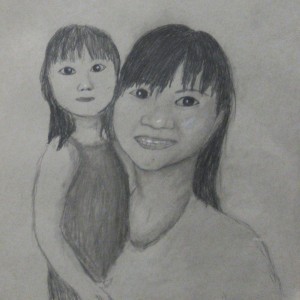
Vivian Chen, Josephine Chen, Ivan Chan, Zafirah Rahman, Neeharika Reddy, Daniel Shi, Daniel Shi, Jacqueline Cho & Osiris Guerrero
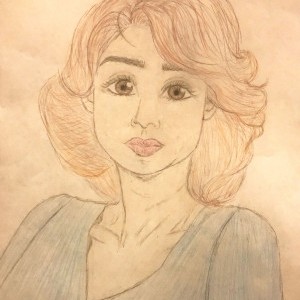
Jennifer Moran, Adebola Ademola, Julia Hong, Vicki Kanellopoulos, Inga Kulma, Maimunah Virk, Deborah Molina & Kailey Van
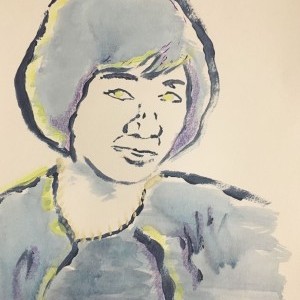
Kristina Chang, Sarah Chowdhury, Bethany Leung, Letian Fang, Cathy Choo, Kelly Chan, Emily Tan, Adamary Felipe & Kenney Son
Deadline Extended
There's still time to join Women Leading the Way.
Become a part of our storytelling archive. Enroll your class today.
Join the Project

